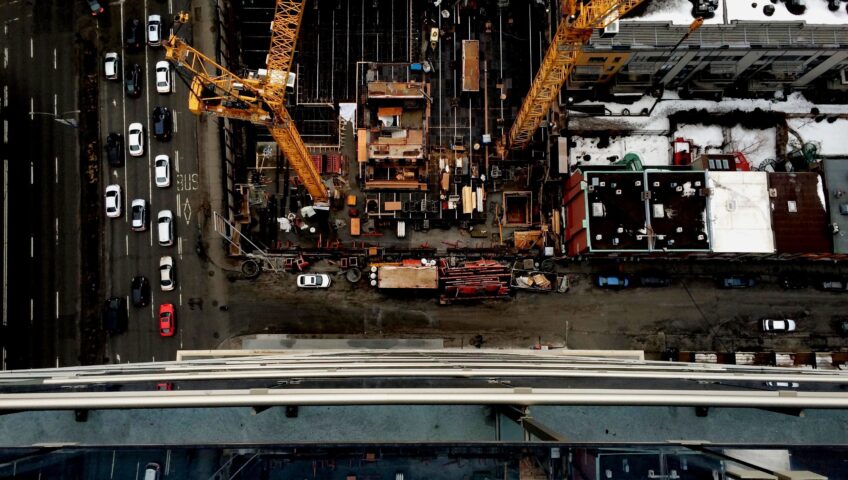Occupational Safety and Health Administration’s (OSHA's) top 10 most frequently cited violations in 2021, according to the US Department of Labor, are “Duty to Have Fall Protection” (1926.501), “Respiratory Protection” (1910.134), “Ladders” (1926.1053), “Hazard Communication” (1910.1200), “General Requirements for Scaffolds” (1926.451), "Training Requirements for Fall Protection” (1926.503), “Control of Hazardous Energy (Lockout / Tagout)” (1910.147), “Eye and Face Protection” (1926.102), “Powered Industrial Trucks” (1910.178), and “General Requirements for All Machines” (1910.212). These violations can cause fatal risks and/or injuries for workers, and this is why it’s so important to train workers in all the safety rules and regulations.
A safety plan must be developed for each project the construction team undertakes, and all workers must receive training on it prior to starting the job in order to follow all safety procedures, including recurrent education courses. Due to the dangers that can arise in the construction industry, safety precautions are implemented to safeguard the lives of the workers. Most accidents can be avoided if all site safety rules are followed and carried out properly. In addition, keeping the equipment in good condition helps prevent costly repairs as well as harm to nearby operators or ground personnel. Therefore, prioritizing equipment maintenance should be crucial due to the ability to severely reduce accidents on the work site. In the long run, regular equipment maintenance will save companies thousands of dollars because keeping up with the equipment will be a lot cheaper than repairing it or needing to buy brand-new equipment. Although there are numerous variables that affect the average lifespan of construction equipment, including the type of equipment, the environment they are being used in, and how the equipment is being operated, maintenance is an important element to the safety of the jobsite.
Working together to deliver quality work and safety for everyone will always be a priority. Always refer to your safety plan and follow all procedures to keep yourself and others safe.


